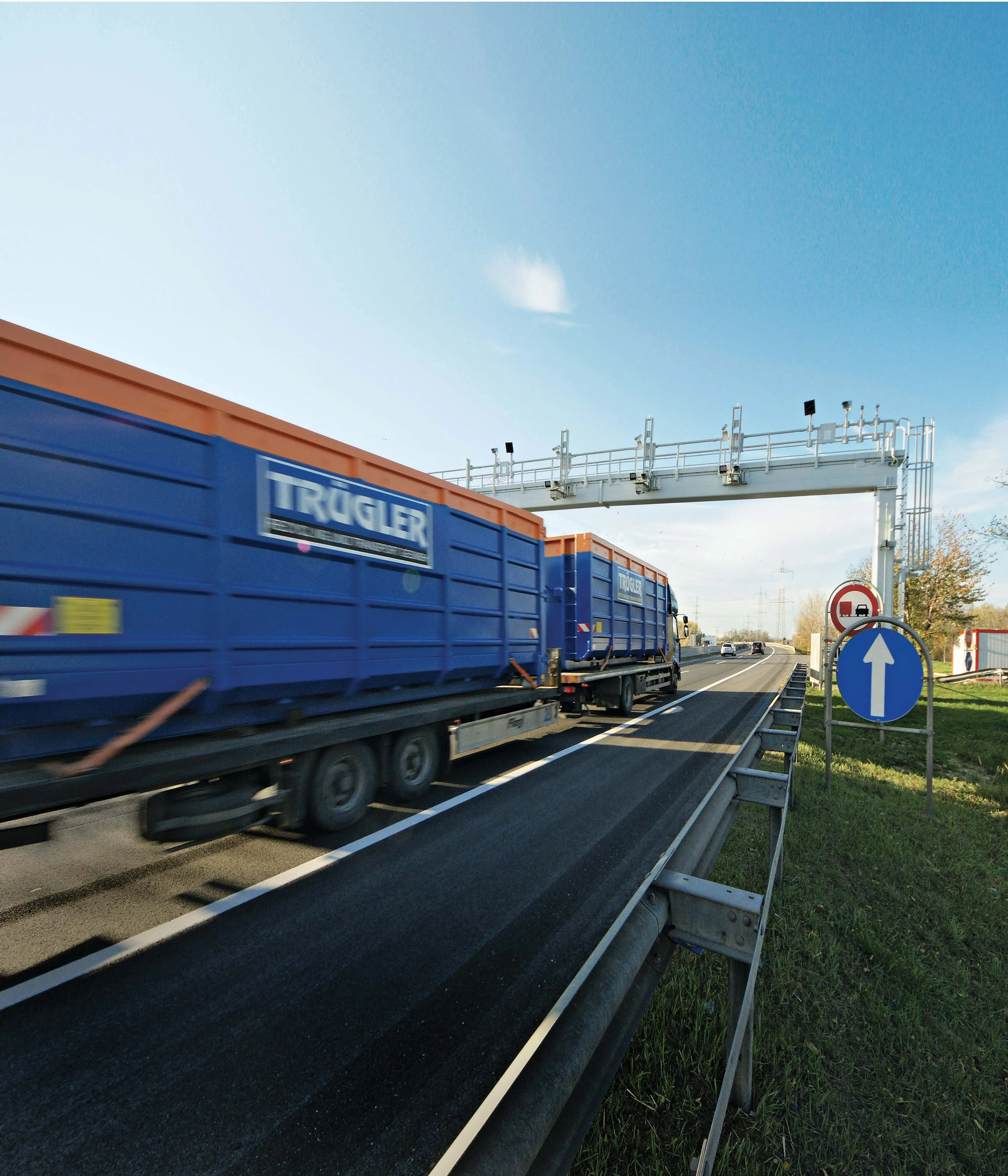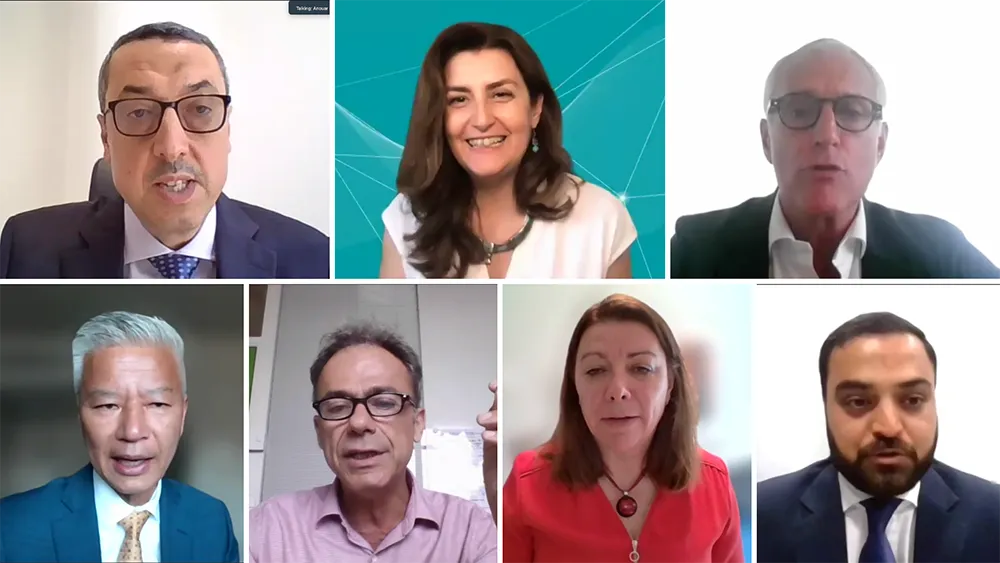
The
Infrastructure Malta is entrusted with handling Malta’s recently announced – and unprecedented - road investment of more than €700 million over the next seven years. The government is also tapping into several
Projects include construction of the Marsa Junction Project, a new seven-flyover, multi-level intersection to improve the efficiency of the country’s most important TEN-T junction and Central Link Project, the reconstruction and upgrading of a critical road corridor in central Malta.
Considering the importance of this project, Infrastructure Malta approached the ERF to organise a high-level Workshop on Road Safety in Malta. The objective of the workshop was to offer attendees and speakers an opportunity to exchange their experiences, share best practices and discuss the latest safety developments.
The one-day workshop took place in February at the Intercontinental Hotel in Valletta under the auspices of Infrastructure Malta, Malta Road Safety Council and
One of the major challenges of road planners in Malta and other countries is the adaptation of existing infrastructure for rapidly-advancing transport technologies and for the specific requirements of an ageing population.
The ERF was given the opportunity to share its expertise and knowledge which stem from the work done in Working Groups and EU funded projects, like the Rainvision project.
Regarding road markings, substantial progress has been achieved in the development of autonomous vehicles and advanced driver-assistance systems (ADAS) such as automatic emergency braking, intelligent speed adaptation and lane support systems.
However, these technologies are useless if road infrastructure is not constantly optimised to meet their requirements. Road markings and signage, for example, must cater not only for human vision. Machine vision is becoming increasingly important. Camera technologies in self-driving cars and ADAS applications must also see and identify road markings and traffic signs.
Europe’s ageing population and increased mobility opportunities for them mean there are more drivers with reduced vision and longer reaction times. Studies in Germany and Ireland confirmed that enhanced and well-maintained markings that are clearly visible in low light and wet conditions contribute to increased driver comfort and safety for not just elderly people but all road users. Risks of errors such as swerving off the road or from one lane to another increase by 70% on roads with poor markings. These considerations are becoming increasingly important in the planning of safer road infrastructure.
Concerning restraint systems, a dedicated session explained how the function of vehicle restraint systems (crash barriers) is not simply to keep vehicles from skewing off the road because of a collision. Appropriate configurations for specific requirements of each road can decrease the risk of severe injuries or fatalities by keeping vehicles from steering back on the carriageway and hitting other road users after the initial collision.
Another topic addressed during this workshop was the impact of the increased proliferation of new and experimental mobility technologies, such as driverless vehicles, on the long-term sustainability of road infrastructure. While these trends may discourage national road institutions from long-term investments in road infrastructure, experience has shown that new technologies tend to infiltrate existing road networks without requiring major infrastructural changes.
New technologies can definitely help ease mobility issues. But infrastructure investment remains essential for resolving long-term challenges such as road safety and congestion.
Pierre Vella, chairman of the Malta Road Safety Council, noted that road infrastructure’s contribution to the achievement of the 2020 road safety goals was also highlighted in the EU Transport Ministers’ 2017 Valletta Road Safety Declaration. It also urged member states to share experiences of road safety best practices, with the participation of all stakeholders, including international road safety bodies.
“This new collaboration between ERF, the Malta Road Safety Council, Infrastructure Malta and Transport Malta takes us in this direction, introducing new knowledge-sharing resources for Maltese road planning and construction teams,” said Vella.
The workshop in Malta was the starting point for closer cooperation between the ERF and Infrastructure Malta.









